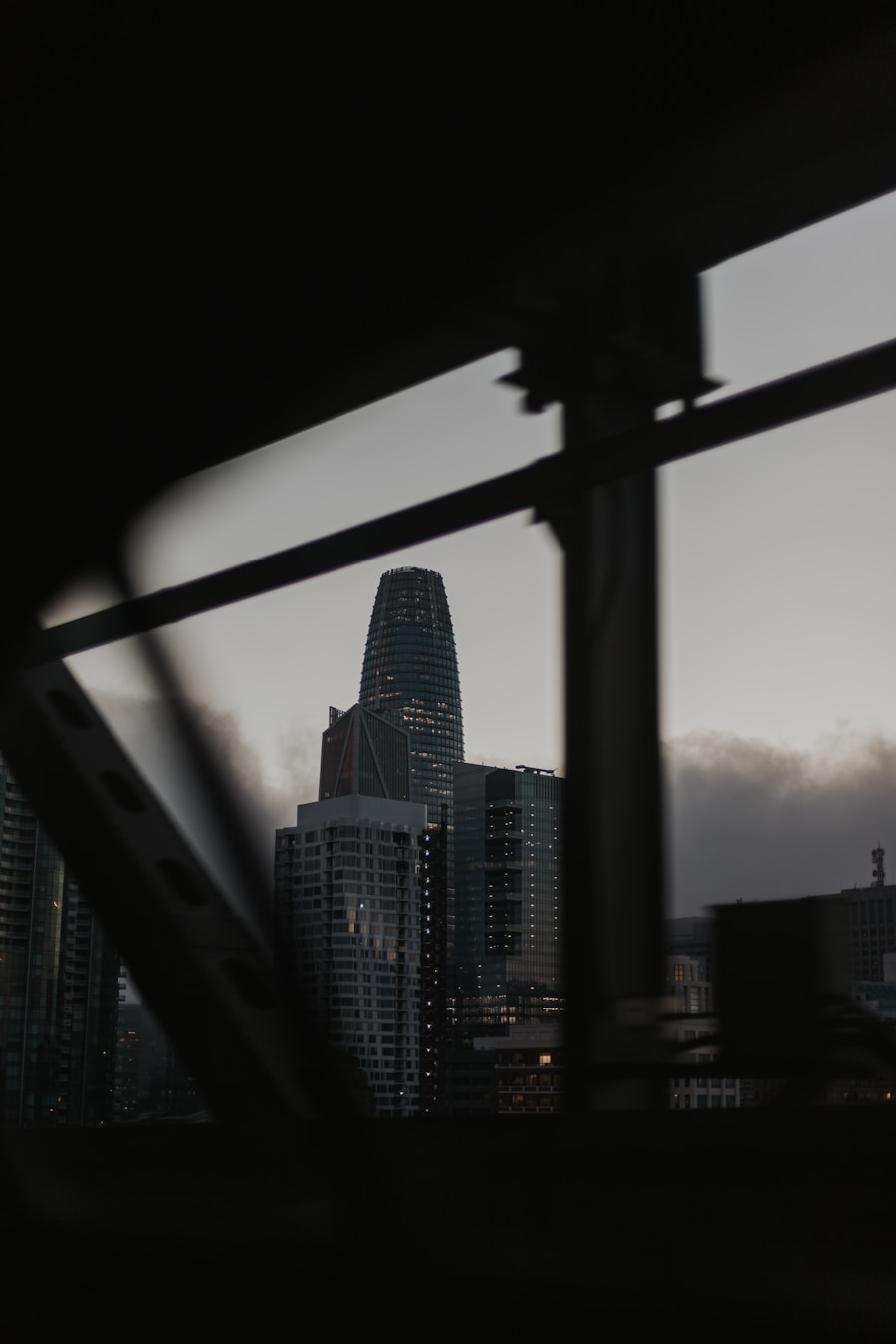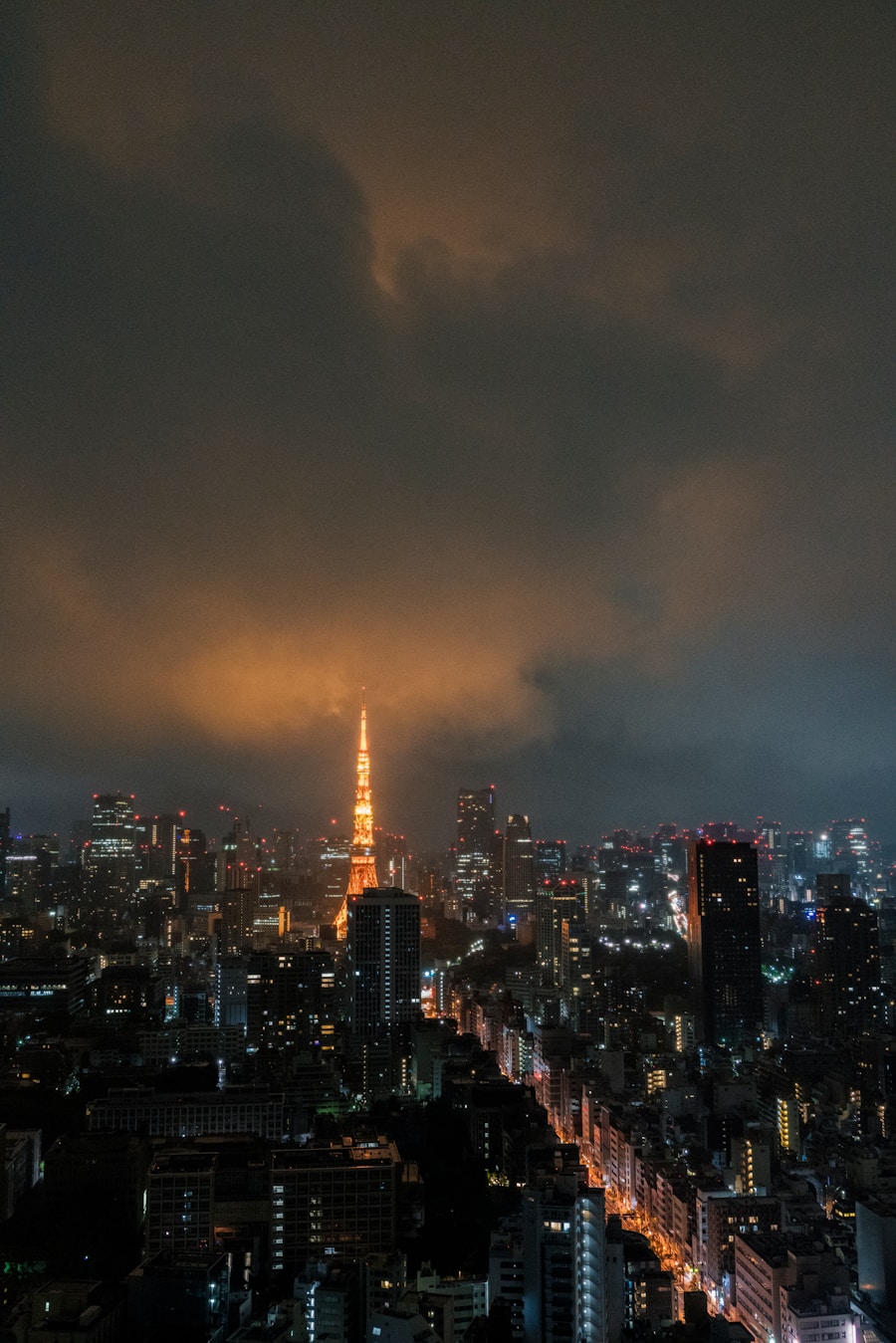When you think of iconic monsters in cinema, Godzilla undoubtedly comes to mind. The 2014 film, directed by Gareth Edwards, marked a significant return for the King of the Monsters, reintroducing him to a new generation while paying homage to his storied legacy. This film was not just a reboot; it was a reimagining that sought to capture the essence of what Godzilla represents—fear, awe, and the consequences of humanity’s hubris.
As you delve into this cinematic experience, you’ll find that it is more than just a monster movie; it is a commentary on the relationship between mankind and nature, wrapped in thrilling action and stunning visuals. The 2014 Godzilla film set the stage for a new era of monster movies, blending cutting-edge special effects with a gripping narrative. It was a bold move to bring Godzilla back to the big screen after a decade-long hiatus, and the filmmakers approached this task with reverence.
They aimed to create a creature that felt both terrifying and majestic, one that could evoke empathy as well as fear. As you watch the film unfold, you are drawn into a world where the line between man and monster blurs, prompting you to question what it truly means to be human in the face of overwhelming power.
Key Takeaways
- Godzilla 2014 is a reboot of the classic Japanese monster movie franchise, featuring a modern take on the iconic creature.
- The Evolution of Godzilla’s Design showcases the changes in the creature’s appearance over the years, from its original design to the updated, more realistic look in the 2014 film.
- The Scale of Destruction in the movie is massive, with Godzilla and other monsters causing widespread devastation in major cities.
- Godzilla’s Fierce Battles are a highlight of the film, featuring epic showdowns between the iconic monster and other creatures.
- The Human Perspective in Godzilla 2014 provides a relatable angle to the story, focusing on the impact of the monster’s rampage on ordinary people.
The Evolution of Godzilla’s Design
Godzilla’s design has undergone numerous transformations since his debut in 1954. In the 2014 film, you witness a return to his roots while also embracing modern aesthetics. The filmmakers opted for a more realistic portrayal of Godzilla, emphasizing his massive size and weight.
This version of Godzilla is not just a creature; he is a force of nature, designed to evoke both fear and respect. The intricate details of his scales and the way he moves through the environment reflect a creature that has evolved over millions of years, adapting to survive in a world that has changed dramatically. The design choices made for Godzilla in 2014 were deliberate and thoughtful.
You can see how the filmmakers drew inspiration from earlier iterations while incorporating contemporary visual effects technology. The result is a creature that feels both familiar and fresh. His towering presence is accentuated by the film’s cinematography, which often frames him against the backdrop of urban landscapes, highlighting his colossal size.
This design evolution not only serves to enhance the visual spectacle but also reinforces Godzilla’s role as a symbol of nature’s wrath—a reminder of humanity’s vulnerability in the face of overwhelming forces.
The Scale of Destruction

One of the most striking aspects of the 2014 Godzilla film is its portrayal of destruction on an epic scale. As you watch entire cities crumble under the weight of titanic battles, you are reminded of the fragility of human civilization. The filmmakers expertly crafted scenes that showcase the sheer power of Godzilla and his adversaries, creating a visceral experience that leaves you breathless.
The destruction is not merely for shock value; it serves as a narrative device that underscores the consequences of humanity’s actions.
You see buildings topple, fires rage, and lives irrevocably changed in an instant.
This portrayal invites you to reflect on the impact of our technological advancements and environmental neglect. The destruction becomes a character in its own right, representing the fallout from mankind’s relentless pursuit of progress without regard for nature. As you witness these scenes unfold, you are left with a sense of awe and dread, contemplating the balance between human ambition and the natural world.
Godzilla’s Fierce Battles
The battles in Godzilla 2014 are nothing short of spectacular. You find yourself on the edge of your seat as Godzilla faces off against formidable foes like the MUTO (Massive Unidentified Terrestrial Organism). These confrontations are not just physical clashes; they are symbolic struggles between nature and humanity’s attempts to control it.
Each battle is meticulously choreographed, showcasing not only raw power but also strategy and instinct. You can feel the weight of each blow as buildings shatter and landscapes are reshaped. What makes these battles even more compelling is their emotional weight.
You are not just watching monsters fight; you are witnessing a struggle for survival. Godzilla’s fierce determination to protect his territory and restore balance resonates deeply with you as an audience member. The stakes are high, and every clash carries with it the potential for catastrophic consequences.
As you immerse yourself in these epic showdowns, you can’t help but root for Godzilla—not just as a monster but as a guardian of nature fighting against forces that threaten to disrupt the delicate equilibrium of life.
Human Perspective in Godzilla 2014
While Godzilla is undoubtedly the star of the show, the human characters play a crucial role in grounding the narrative. You follow the journey of characters like Ford Brody, portrayed by Aaron Taylor-Johnson, who finds himself caught in the chaos as he tries to protect his family while grappling with larger existential threats. The human perspective adds depth to the story, allowing you to connect emotionally with their struggles and fears amidst the monstrous mayhem.
The film does an excellent job of illustrating how ordinary people react to extraordinary circumstances. You witness moments of bravery, despair, and resilience as characters navigate their way through disaster zones. Their stories serve as a reminder that while Godzilla may be a force of nature, it is humanity’s response to such events that ultimately defines our existence.
As you engage with these characters, you are reminded that even in the face of overwhelming odds, hope and courage can shine through.
The Emotional Depth of Godzilla

Emotional Resonance Beyond the Monster
The emotional resonance extends beyond Godzilla himself; it permeates throughout the film’s narrative. You witness moments where characters grapple with loss and sacrifice, echoing themes of love and duty amidst chaos. The film’s score enhances this emotional landscape, weaving together tension and poignancy as it underscores key moments in both human and monster arcs.
A Deeper Understanding of Godzilla
As you experience these layers of emotion, you come to understand that Godzilla represents more than just destruction; he embodies resilience and the struggle for balance in an ever-changing world.
A Complex Character Emerges
Through this nuanced portrayal, Godzilla transforms from a mere antagonist into a complex character with instincts rooted in survival, inviting you to empathize with him and see beyond the destruction he causes.
Godzilla’s Impact on Pop Culture
Since his inception in 1954, Godzilla has become an indelible part of pop culture, influencing countless films, television shows, and even video games. The 2014 film reignited interest in this legendary creature, introducing him to new audiences while reminding long-time fans why they fell in love with him in the first place. You can see echoes of Godzilla’s influence across various media—from references in animated series to parodies in comedy sketches—demonstrating his status as a cultural icon.
The impact extends beyond entertainment; Godzilla has become a symbol for discussions about environmentalism and nuclear power.
As you engage with Godzilla’s legacy, you realize that he serves as both entertainment and a catalyst for important conversations about our world—an enduring testament to his relevance across generations.
The Future of Godzilla in Film
As you look ahead to the future of Godzilla in film, there is much excitement surrounding what lies next for this iconic character. Following the success of the 2014 reboot, sequels like “Godzilla: King of the Monsters” and crossovers like “Godzilla vs. Kong” have expanded his cinematic universe further.
Each new installment brings fresh interpretations and challenges for Godzilla, allowing him to evolve while remaining true to his roots. The future holds endless possibilities for storytelling within this franchise. You can anticipate new adversaries emerging from both mythology and original concepts, each presenting unique challenges for our beloved monster.
Additionally, advancements in technology will likely continue to enhance visual storytelling, allowing filmmakers to push boundaries even further. As you await what’s next for Godzilla, one thing remains certain: he will continue to captivate audiences around the world—an enduring symbol of nature’s power and humanity’s struggle within it.
If you’re a fan of Godzilla and interested in exploring the power dynamics of different kaiju, you may want to check out this article on Godzilla vs. King Ghidorah: Who’s More Powerful?. This piece delves into the strengths and weaknesses of these iconic monsters and how they stack up against each other in battle. It’s a fascinating read for anyone who enjoys debating the capabilities of these larger-than-life creatures.
FAQs
What is the Godzilla 2014 movie?
The Godzilla 2014 movie is a reboot of the classic Japanese monster film series, featuring the iconic giant monster Godzilla.
How did the 2014 movie redefine Godzilla for a new generation?
The 2014 movie redefined Godzilla by updating the visual effects and design of the monster, making it more realistic and imposing for modern audiences.
What are some key features of the new Godzilla design in the 2014 movie?
The new Godzilla design in the 2014 movie features a more muscular and intimidating appearance, with a larger size and more detailed scales and skin texture.
What were some of the most iconic scenes or moments from the 2014 Godzilla movie?
Some of the most iconic scenes from the 2014 Godzilla movie include the reveal of Godzilla’s full appearance, the epic battles between Godzilla and other monsters, and the destruction of major cities.
How did the 2014 Godzilla movie compare to previous Godzilla films?
The 2014 Godzilla movie was praised for its updated visual effects and more realistic portrayal of the monster, setting it apart from previous Godzilla films in terms of its modernized approach to the classic character.
